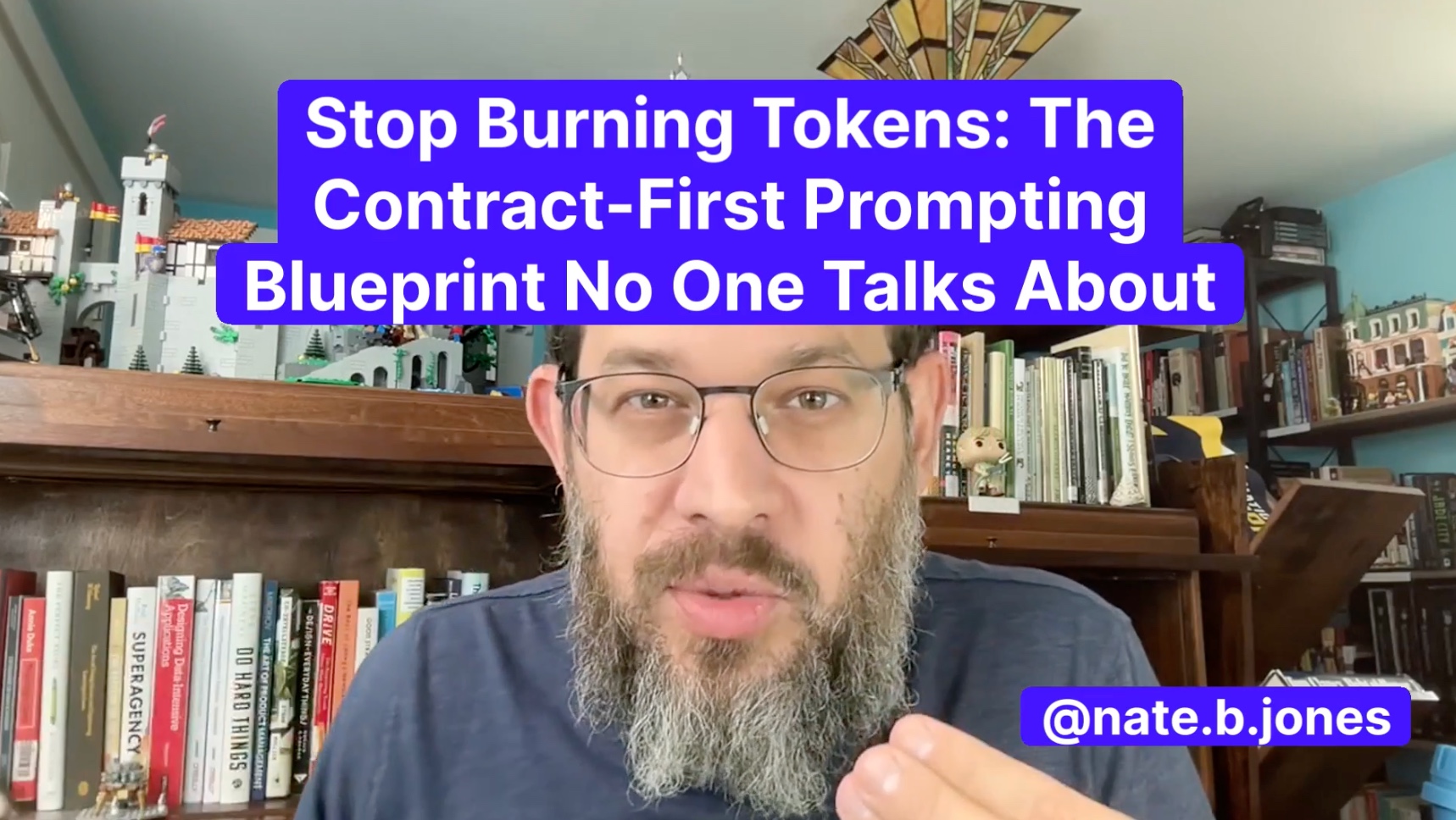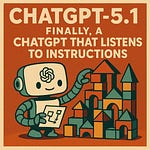The most frustrating part of working with large language models isn’t the occasional inaccuracies or weird hallucinations. It’s realizing, deep into a project, that the model completely misunderstood your intent from the start. I’ve been there, you’ve been there—spending hours cycling through revisions, clarifications, and increasingly desperate attempts to “make it clearer,” all because the model and I never really agreed on what we were building.
Here’s why this matters: As these models increasingly handle high-stakes tasks—from software architectures and legal documents to strategic proposals and complex data analyses—the margin for error shrinks to zero. Yet our standard approach still treats prompting like a one-way instruction broadcast. We assume clarity, hit send, and cross our fingers. That’s no way to build critical infrastructure.
Contract-first prompting changes the game. It introduces a simple yet profound shift: explicit agreement before execution. Instead of hoping the model understands, we negotiate mutual understanding. The model actively clarifies, systematically asking questions until reaching a predefined confidence threshold. The output isn’t just “close enough”—it matches the verified intent.
As far as I have been able to find, this is the first time this approach has been documented publicly. We’re breaking some new ground here!
I’ve applied contract-first prompting across a spectrum of use cases: software requirements, marketing copy, compliance documents, and even educational content. The impact is immediate and tangible. Fewer revisions, clearer deliverables, higher confidence. This isn’t an abstract theory—it’s a practical protocol you can start using today.
And best of all, it doesn’t assume you have a perfect idea of what you want to build or write to begin with! Start with where you are, your current fuzzy ideas and ambiguous thinking, and let the model relentlessly but gently question you until the model is clear enough on the assignment it can go to work.
In this piece, I’ll (of course) share the exact prompt I use, unpack why intent transfer is inherently tricky, show precisely how contract-first prompting bridges that gap, and provide actionable examples from fields that resonate with your everyday frustrations. Whether you’re designing APIs, drafting strategy, or crafting communications that need to thread complex constraints, this method isn’t just helpful—it’s essential.
Let’s stop treating models like unpredictable magic and start treating them like partners in building shared understanding. The difference isn’t just fewer headaches—it’s better, faster, and safer outcomes for what we build with AI.
And before you ask—yes, this is going to be helpful for ChatGPT-5. In fact this technique is designed to be more useful the more powerful a model becomes! After all, wouldn’t you want a more powerful model to be sure it understood you correctly before going off and leveraging potentially hundreds of LLM tools in ways you you may not have intended?
The bottom line: Intent clarity is going to become more valuable, not less, and this is the first way to verify and lock intent clarity with your AI before beginning work. You can start on anything you have cooking in ChatGPT now, so dive in and have fun!
Listen to this episode with a 7-day free trial
Subscribe to Nate’s Substack to listen to this post and get 7 days of free access to the full post archives.













